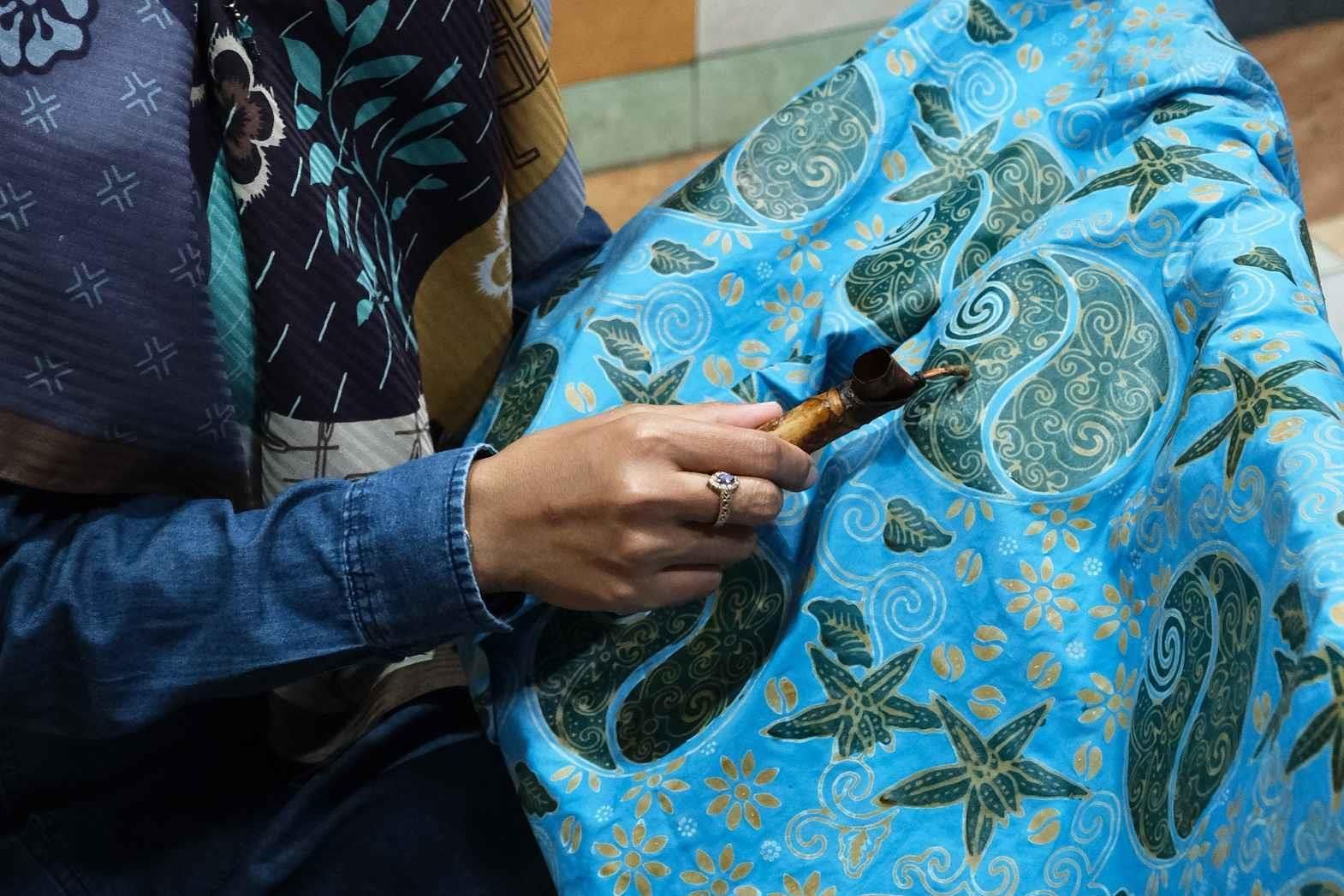History of Batik
The term "batik" has its roots in Javanese language, where "ambatik" means "to mark with spots or dots." In a broader context, it denotes drawing, painting, or writing. Although this word doesn't appear in old Javanese, it is evident that "batik" is a relatively modern term.
Batik is an ancient art form with a rich history spanning thousands of years. It has been practiced in various forms across countries such as Indonesia, the Middle East, Thailand, Africa, Malaysia, India, China, the Philippines, and beyond. While the exact origins of batik are elusive, it is most closely associated with the island of Java in Indonesia. Initially, this art form was limited to royal families and the wealthy elite.
The development of contemporary batik art places a strong emphasis on creativity and the transformation of traditional techniques and styles. This involves experimenting with different patterns, techniques, and inspirations drawn from various places. Artists working in contemporary batik often blend these elements to create innovative and modern designs.
In India, the primary center for batik today is located in the southeastern part of the Deccan plateau and the Coromandel Coast. Traditional methods in this region combine batik with coloring and painting. The tool used for waxing, known as the "kalam," consists of a metal needle set into a bamboo handle, surrounded by absorbent fibers or hair that serve as a reservoir for molten wax.
The waxing process is typically carried out by individuals belonging to the indigo dyers' caste. After the initial waxing, the fabric undergoes further preparation, including washing, beating, and tanning, in preparation for subsequent waxing and painting. These additional processes, often performed by children, are relatively straightforward and contribute to the intricate art of batik.
Old Batik Techniques and process
Batik comprise of a process where a pattern or design is created with liquid wax on the cloth. This is done to protect the waxed area from being colored. So when the cloth is dipped in the color, the color does not enter the patch area which is waxed.The wax resists the colour and results into a surface which has dyed and un-dyed areas. This is how a pattern is made.
The dyes used for batik process has to be made only in vessels made of steel, plastic or enamel. This is because the properties of the material of the vessel can affect the dye. The first time when the cloth is dipped in the dye, lightest tone of the color should be used. In the old process of batik dyeing, artists were not allowed to use many colors in one go. But, with the development of advanced technology, modern techniques have been invented which makes the work of the artist easy. Now they can apply many colours using brush at one go.
Next, the cloth is again covered with wax on areas that have to retain the first colour. This process is carried out to get the darkest shade. The old Batik process involves many steps to obtain a particular shade. After the last dyeing, the fabric is placed between two layers of porous paper to dry. The wax has to be removed from the fabric onto the paper. This will give out the design that has been dyed on the fabric.
The important attribute of Batik is the cracks that appear in the design due to the wax. As the wax is frail, it cracks easy and the dye enters the waxed area. This creates a spider web design on places where wax has been applied. Normally, fabrics in pure form like pure cotton or silk is used for batik dyeing. This is because any mix in the fabric can hamper the effect of the colour on the cloth after washing.
References:
1. Neol Dyrenforth
2. Batik modern concepts and techniques
3. Kyodo printing co. Singapore








Comments